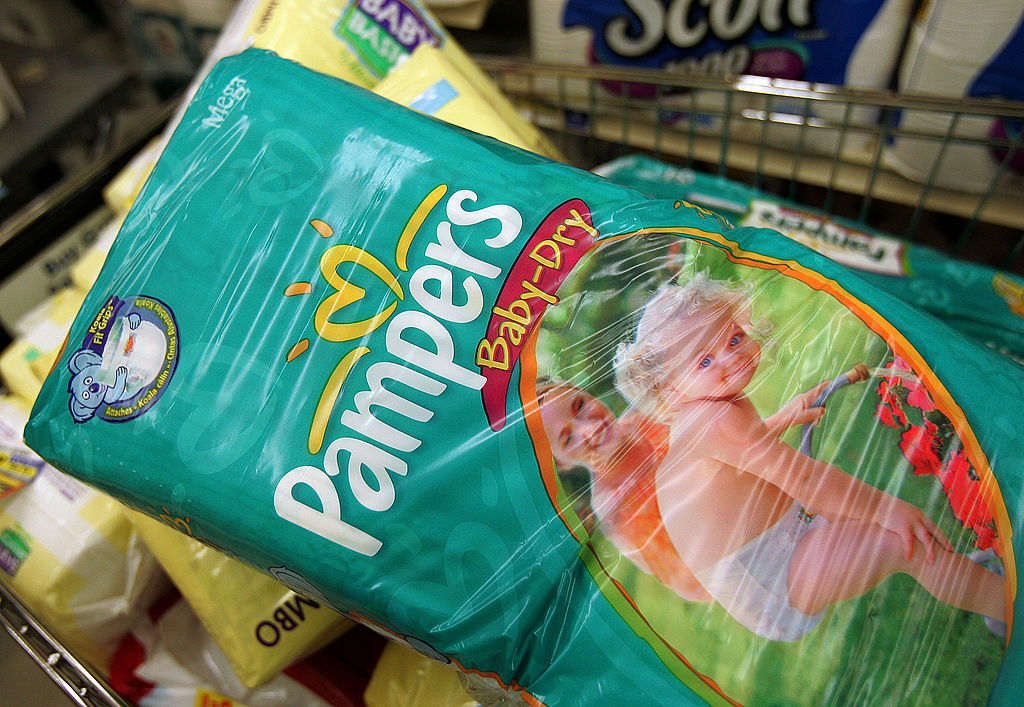
As if the pandemic wasn't hard enough financially on a lot of people, new parents don't seem to be catching a break. This week, the consumer goods giant, Procter & Gamble (P&G), said that it will raise prices on brands such as Pampers diapers and Always and Tampax tampons.
The exact amount of price increases will vary by brand, but will be in the mid-to-high single-digit percentage range, P&G said. They will go into effect in mid-September.
The company will also raise prices on adult incontinence products and Luvs diapers.
P&G said it was increasing prices on certain brands in North America to combat the impact of higher costs of raw materials used to make the products. P&G expects an additional $125 million in commodity costs this year compared to 2020.
This price hike goes in line with what many shoppers were facing all last year: higher prices due to events surrounding the pandemic such as higher demand, less workers and longer lead times on shipping.
According to CNN Business, P&G's price increase follows planned price hikes from rival Kimberly-Clark (KMB).
Kimberly-Clark will raise prices on Huggies, Pull-Ups and Scott toilet paper in North America in June in response to rising commodity costs.
Your Morning Cereal Prices Could Be Going Up Too
Expenses are rising for many retail and consumer goods' companies as a result of increased consumer demand and strains within the global supply chain.
General Mills (GIS), which makes cereals such as Cheerios, said last month that it was facing increased freight and supply chain costs.
"There are higher costs to operate in this higher demand environment," CFO Kofi Bruce said on a call with analysts.
Prices consumers are paying have also increased.
Consumer prices for March rose 2.6% compared to the same month last year, the Bureau of Labor Statistics said last week. In March alone, consumer prices climbed 0.6% from the month prior, the largest monthly increase since 2012.
Shoppers Continue to Buy, Despite Higher Prices
Shoppers have not shown much resistance because amid the public-health crisis there was a perception of scarcity of certain items, and many people were prioritizing safety and convenience over getting the best deal. The result is that the packaged-goods industry has already benefited significantly from reduced discounting and a willingness by shoppers to spring for fancier items.
In the four weeks ended March 2021, market research firm IRI reports there was a 5.1% increase from 2019 levels in edible items sold in stores and online. But sales revenue was up 16.6% from 2019, reflecting price increases and trade-ups.








